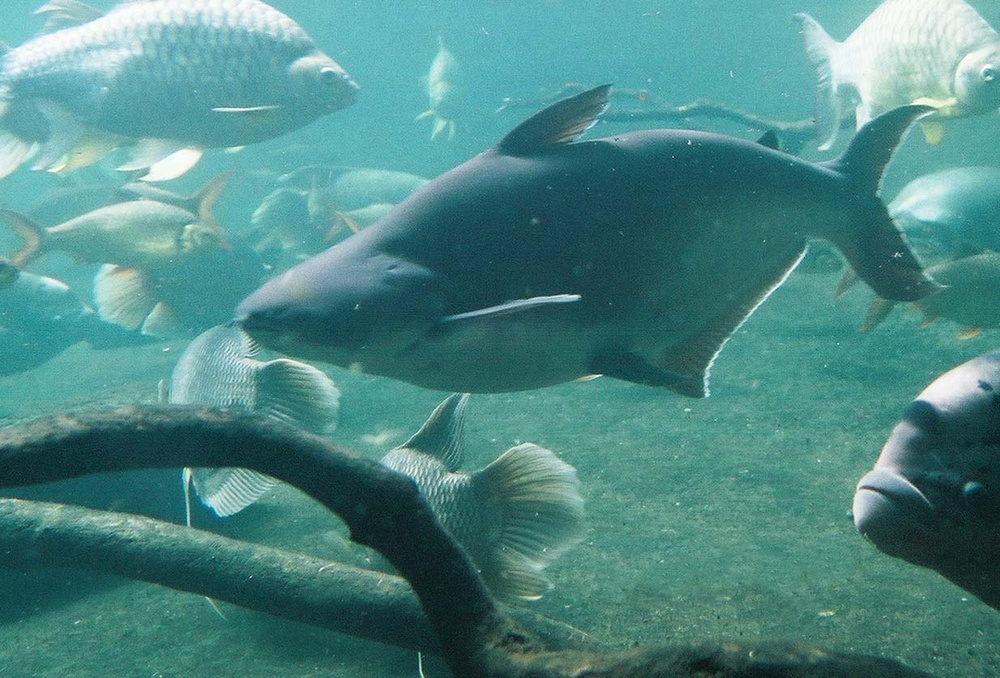Farming remarks
Over the last ten years the Pangasianodon hypophthalmus has emerged as a new aquaculture whitefish product on the world market. The rapid and dramatic increase in production of the species was essentially due to the development of hormone spawning techniques which have led to mass production capabilities. The few findings available show that P. hypophthalmus tolerate high intensive culture conditions in floating cages, ponds or net pens and reach 1 kg harvest size of within 8-10 months. Nowadays, the semi-intensive conditions represent 56.7%, and the intensive conditions represent 36.7% of total cages. Further research is needed under all 10 reported criteria on both natural behaviour and physiological effects of farming practices in order to provide recommendations for improving fish welfare.
For details see: WelfareCheck | farmFor recommendations see: Advice | farm







